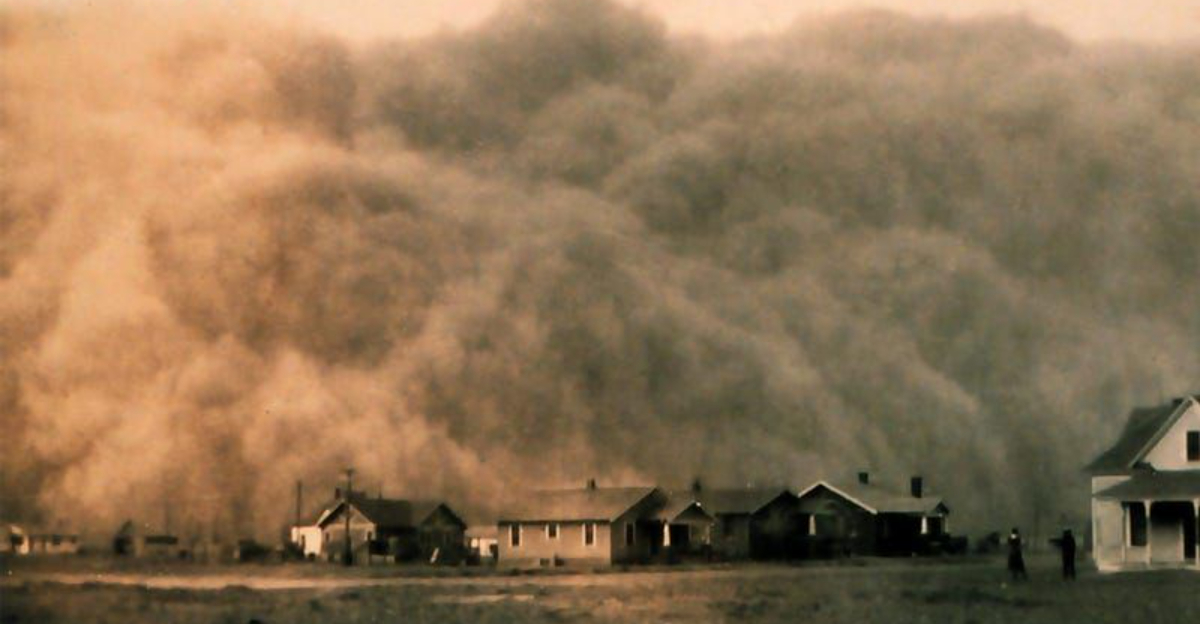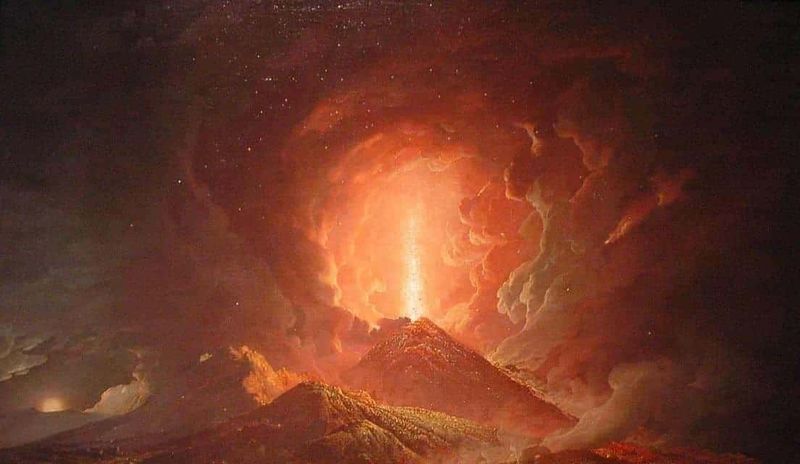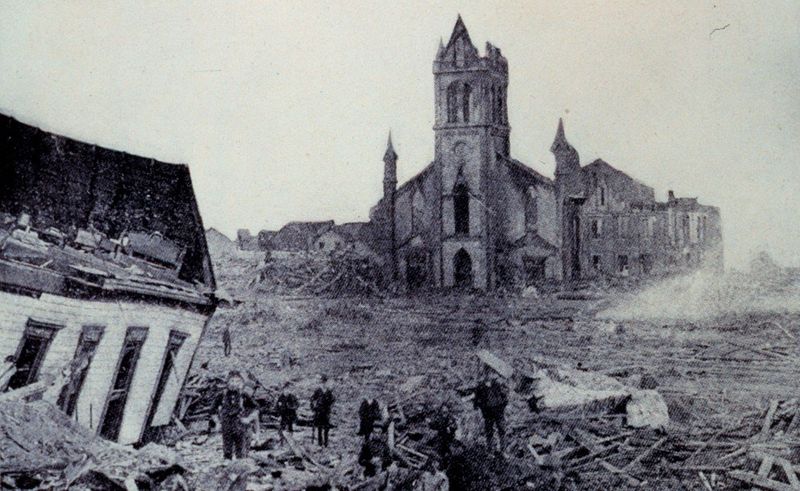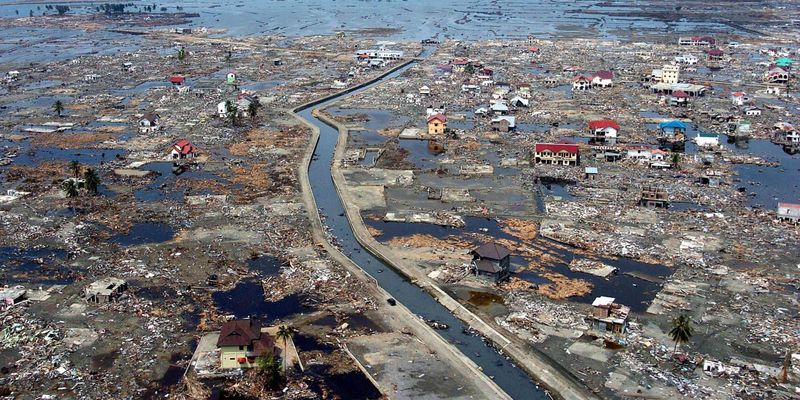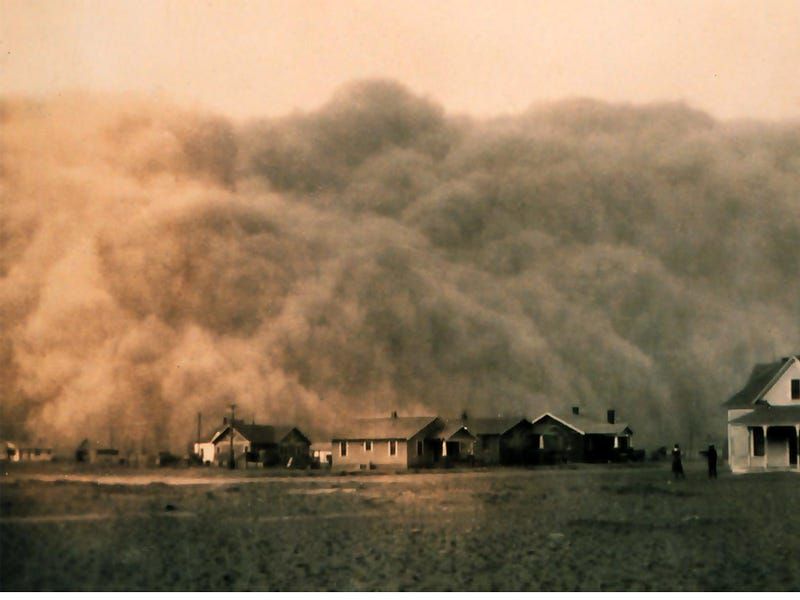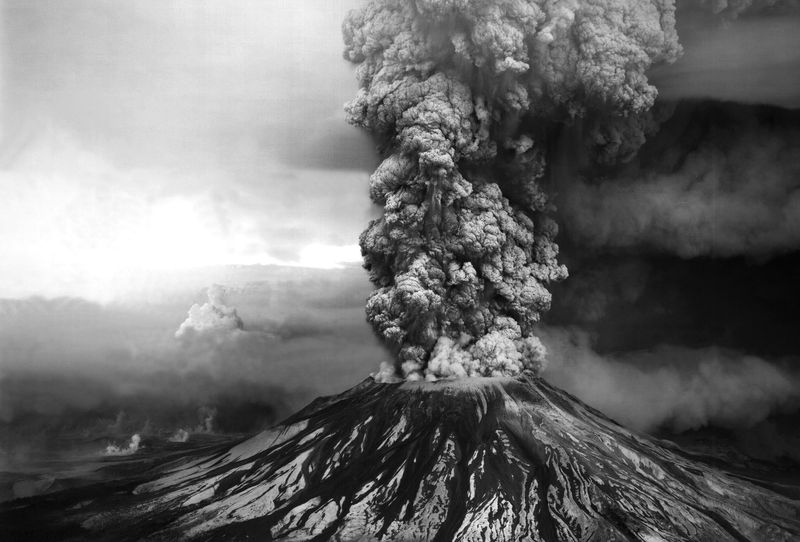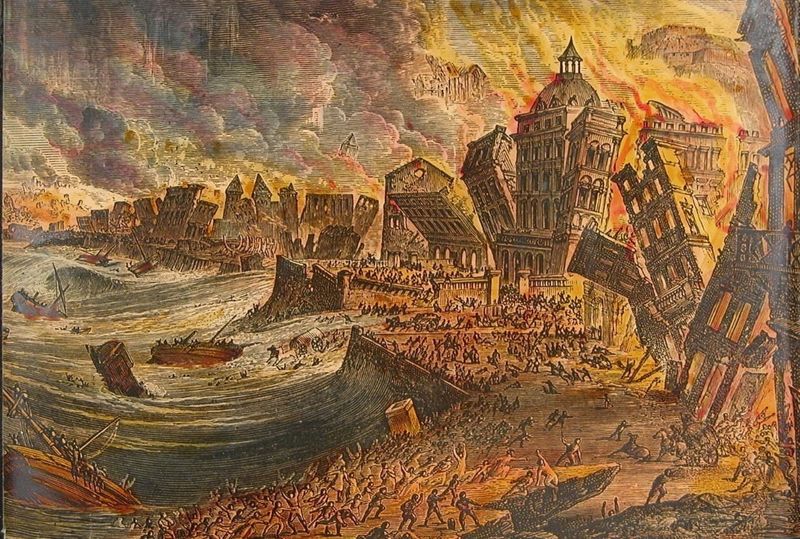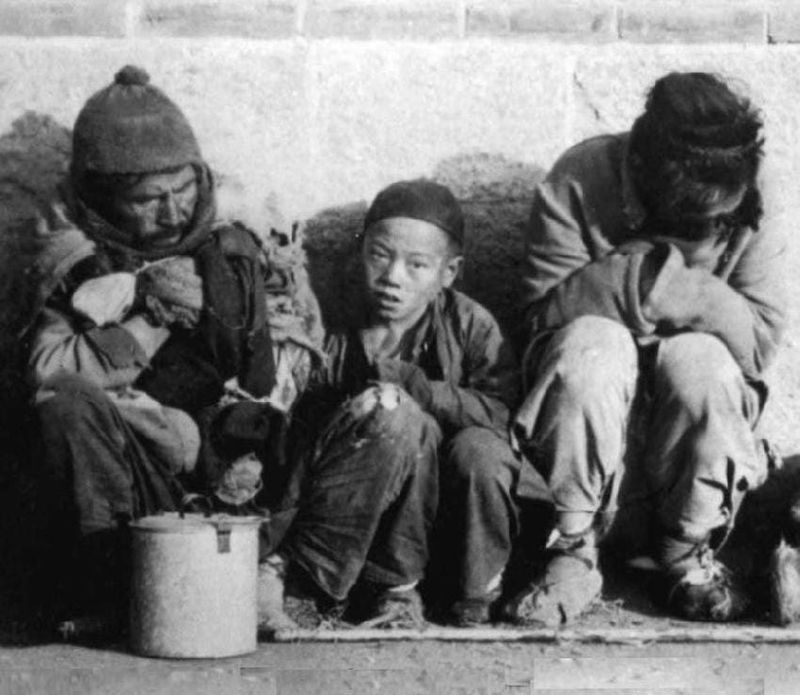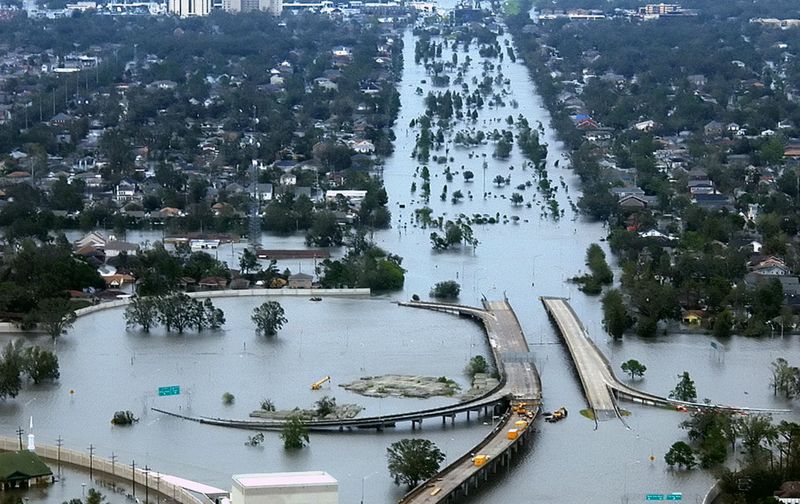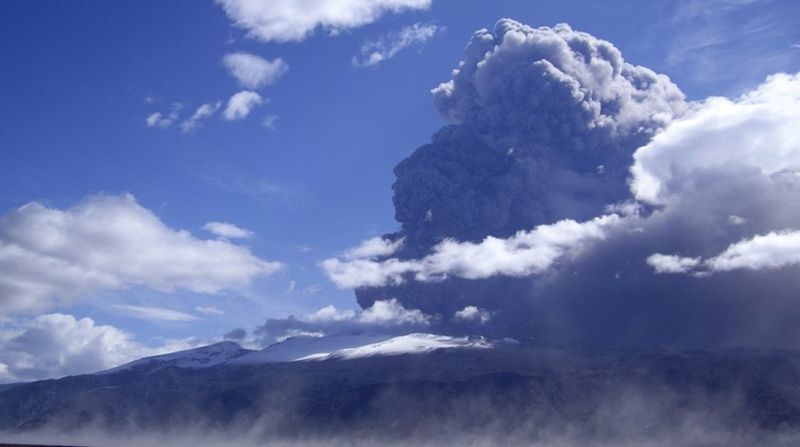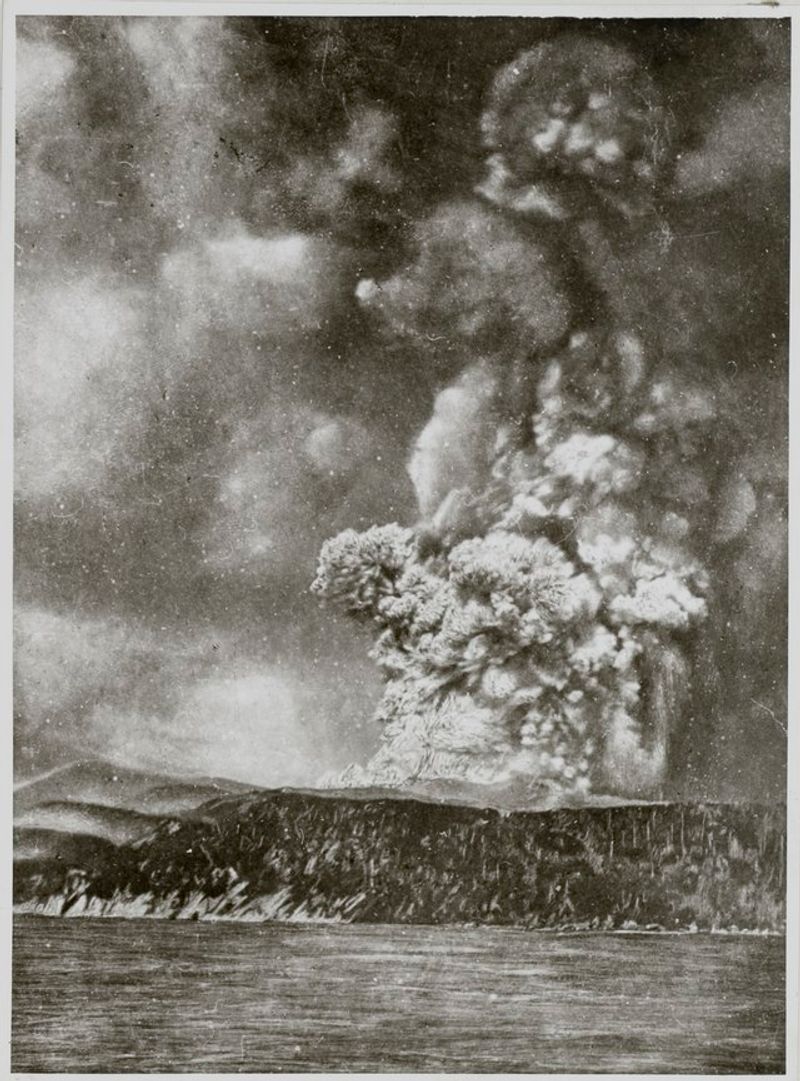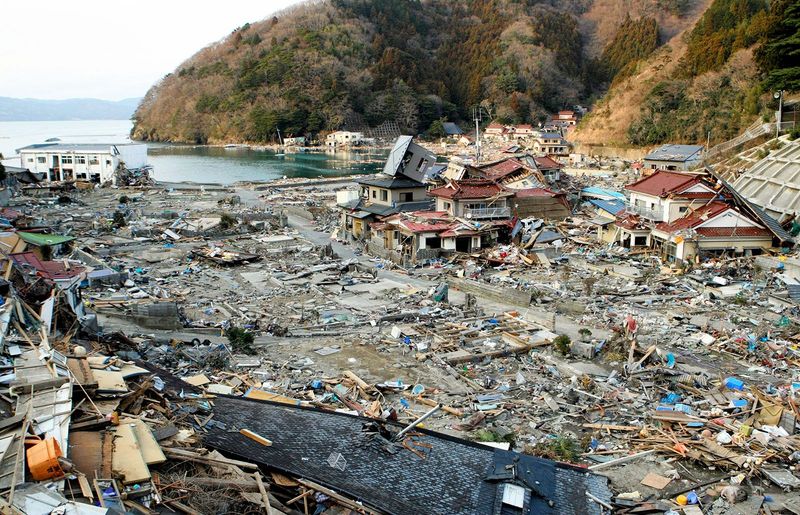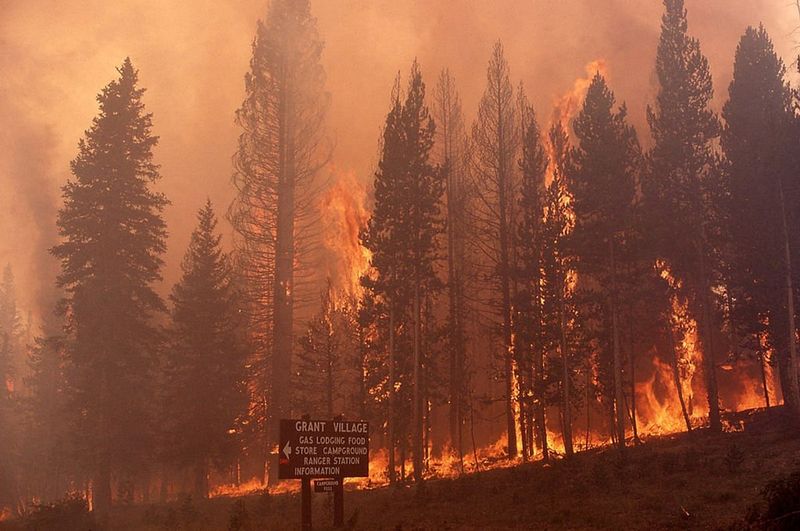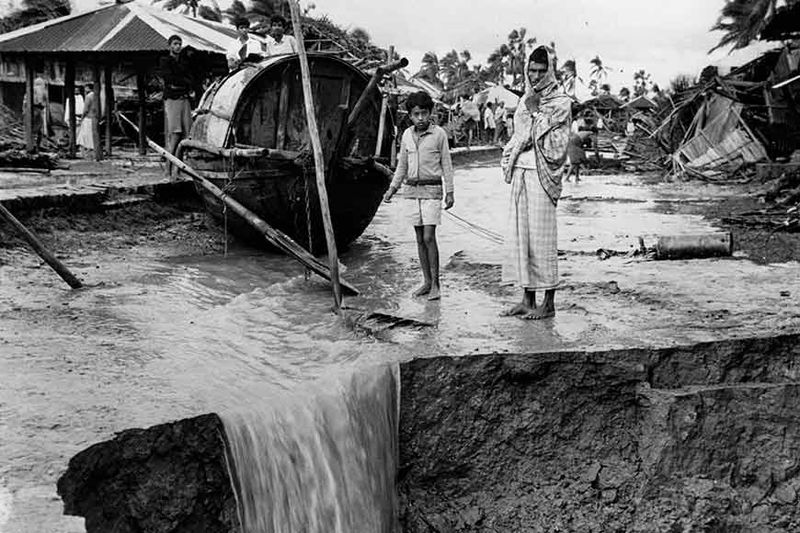Throughout history, nature has shown its immense power and ability to reclaim its territory from human encroachment. From devastating volcanic eruptions to catastrophic hurricanes, these events serve as reminders of the delicate balance between humanity and the natural world. Here are 15 significant instances where nature fought back and humans faced severe consequences.
1. Mount Vesuvius Destroys Pompeii (79 AD)
In the year 79 AD, Mount Vesuvius unleashed its fury, burying Pompeii under a thick layer of volcanic ash and pumice. The once-thriving Roman city was engulfed in darkness as the eruption lasted for more than 24 hours, leaving it frozen in time. Today, Pompeii serves as a historical snapshot of ancient life, with its buildings, artifacts, and plaster casts of victims preserved. Archaeologists continue to uncover insights into the daily lives of Pompeii’s residents. This catastrophic event is a grim reminder of nature’s unpredictable power and the vulnerability of human settlements.
2. The 1900 Galveston Hurricane
The 1900 Galveston Hurricane remains the deadliest natural disaster in U.S. history. Striking Texas in September, it claimed the lives of at least 6,000 people, with some estimates even higher. The storm surge, reaching heights of 15 feet, inundated the island city, sweeping away structures and leaving devastation in its wake. Galveston’s infrastructure was ill-prepared for such a catastrophe, highlighting the need for better disaster readiness. This tragic event led to significant changes in how the U.S. approaches hurricane preparedness and response, shaping future coastal city policies.
3. The Black Death (1347–1351)
From 1347 to 1351, the Black Death ravaged Europe, decimating its population and altering its course forever. Carried by fleas on rats, the bubonic plague spread rapidly through trade routes, killing an estimated 25–50 million people. Cities were unprepared for the scale of the pandemic, with mass graves and deserted towns becoming common sights. This dark period in history led to significant social and economic upheaval, paving the way for the eventual decline of feudalism. The Black Death’s legacy is a testament to nature’s role in shaping human history.
4. The 2004 Indian Ocean Tsunami
On December 26, 2004, a powerful undersea earthquake off the coast of Sumatra triggered a tsunami that swept across the Indian Ocean. The massive waves devastated coastal communities in 14 countries, claiming over 230,000 lives. Entire towns were obliterated, and the survivors faced immense challenges in the aftermath. This tragic event highlighted the need for better early warning systems and international cooperation in disaster relief efforts. The Indian Ocean tsunami serves as a stark reminder of the ocean’s might and the importance of preparedness in minimizing loss of life.
5. The Dust Bowl (1930s)
The Dust Bowl of the 1930s was a devastating environmental disaster that turned the fertile American Midwest into a barren wasteland. Poor agricultural practices, coupled with severe drought, led to massive dust storms that swept across the region. Farms were abandoned, and thousands of families were displaced in search of better opportunities. This ecological disaster prompted significant changes in farming techniques and soil conservation efforts. The Dust Bowl’s impact on American society and the environment remains a poignant example of the consequences of human actions on nature.
6. Mount St. Helens Eruption (1980)
On May 18, 1980, Mount St. Helens erupted violently, marking one of the most significant volcanic events in U.S. history. The eruption flattened vast swaths of forest, destroyed homes, and claimed 57 lives. The blast sent a towering plume of ash into the sky, affecting air travel and even the climate for a time. This event underscored the need for better volcanic monitoring and understanding of geological activity. Mount St. Helens remains a symbol of nature’s capacity for sudden, dramatic change, and the ongoing potential for volcanic activity.
7. The 1755 Lisbon Earthquake
On November 1, 1755, a massive earthquake struck Lisbon, Portugal, reducing the city to rubble. The tremors were felt as far away as Finland and North Africa. Fires erupted in the aftermath, and a tsunami swept the Portuguese coast, compounding the devastation. This disaster claimed tens of thousands of lives and had profound effects on European philosophy and engineering. It led to advancements in seismology and urban planning, as Lisbon was rebuilt with modern infrastructure. The 1755 earthquake remains one of the deadliest in recorded history.
8. The Chernobyl Nuclear Disaster (1986)
In April 1986, the Chernobyl nuclear reactor in Ukraine exploded due to human error, releasing radioactive material into the environment. The immediate area was evacuated, leaving behind a ghost town. Paradoxically, nature began to reclaim the contaminated land, with wildlife thriving in the absence of humans. The disaster prompted global changes in nuclear safety protocols and energy policies. Chernobyl stands as a stark reminder of the potential consequences of technological failures and the remarkable resilience of nature in reclaiming its own.
9. The Great Chinese Famine (1959–1961)
Between 1959 and 1961, the Great Chinese Famine resulted in the deaths of millions, driven by a combination of environmental mismanagement and adverse weather. Misguided agricultural policies led to crop failures, compounded by natural disasters like floods and droughts. Villagers faced severe food shortages, leading to widespread suffering and death. This period of Chinese history exposed the fragile relationship between human systems and environmental conditions. The Great Famine serves as a warning of the potential consequences of ignoring ecological balance and sustainable practices.
10. Hurricane Katrina (2005)
In August 2005, Hurricane Katrina unleashed devastation across the Gulf Coast, with New Orleans bearing the brunt. The storm surge breached levees, flooding the city and leaving thousands stranded. The scale of destruction exposed critical flaws in disaster preparedness and response. Katrina’s impact led to significant changes in emergency management strategies and infrastructure improvements. It also highlighted social inequalities and the importance of community resilience in the face of natural disasters. This event remains a potent symbol of nature’s power and the necessity of robust preparedness measures.
11. The 2010 Eyjafjallajökull Eruption
In April 2010, Iceland’s Eyjafjallajökull volcano erupted, sending a massive ash cloud into the atmosphere. This disrupted air travel across Europe for weeks, as flights were grounded due to safety concerns. Millions of passengers were affected, and the economic impact was felt worldwide. The eruption underscored the interconnectedness of global systems and the potential for natural events to cause widespread chaos. Eyjafjallajökull’s ash cloud serves as a reminder of the need for adaptive strategies in an increasingly globalized world, where nature can still dictate the terms.
12. The 1883 Krakatoa Eruption
The eruption of Krakatoa in 1883 was one of the most violent volcanic events in recorded history. The explosion was heard thousands of miles away, and the resulting tsunamis devastated coastal communities in the Sunda Strait. Ash clouds reached the stratosphere, affecting global climate and creating spectacular sunsets worldwide. The event highlighted the potential for volcanic activity to influence global conditions. Krakatoa’s eruption left a lasting impression on scientific understanding and cultural perceptions of natural disasters, reminding us of the Earth’s dynamic nature.
13. The 2011 Tōhoku Earthquake and Tsunami
On March 11, 2011, a powerful earthquake off the coast of Japan triggered a devastating tsunami. The waves overwhelmed sea defenses, causing widespread destruction and leading to the Fukushima nuclear disaster. Thousands lost their lives, and entire communities were displaced. This tragic event prompted a reevaluation of nuclear safety standards and disaster preparedness worldwide. The Tōhoku earthquake and tsunami underscored the need for resilient infrastructure and effective response strategies. It remains a poignant example of nature’s capacity for sudden and overwhelming force.
14. Yellowstone’s Great Fires (1988)
In the summer of 1988, a series of wildfires swept through Yellowstone National Park, burning nearly 800,000 acres. The fires were fueled by dry conditions and strong winds, challenging firefighters and park officials. The scale of the fires raised public concern, but they also revealed nature’s regenerative processes. As the fires subsided, new growth emerged, illustrating the cycle of destruction and renewal. Yellowstone’s great fires highlighted the importance of natural fire regimes in shaping ecosystems and the need for thoughtful management of protected areas.
15. The 1970 Bhola Cyclone
On November 13, 1970, the Bhola Cyclone struck the coast of East Pakistan (now Bangladesh), becoming one of the deadliest tropical cyclones in recorded history. With wind speeds exceeding 115 mph, the cyclone caused flooding and destroyed villages, resulting in an estimated 300,000 to 500,000 deaths. The disaster exposed vulnerabilities in infrastructure and emergency response, prompting calls for improved warning systems. The Bhola Cyclone’s impact contributed to political unrest, eventually leading to the Bangladesh Liberation War. This event remains a stark reminder of nature’s catastrophic potential and the importance of preparedness.
